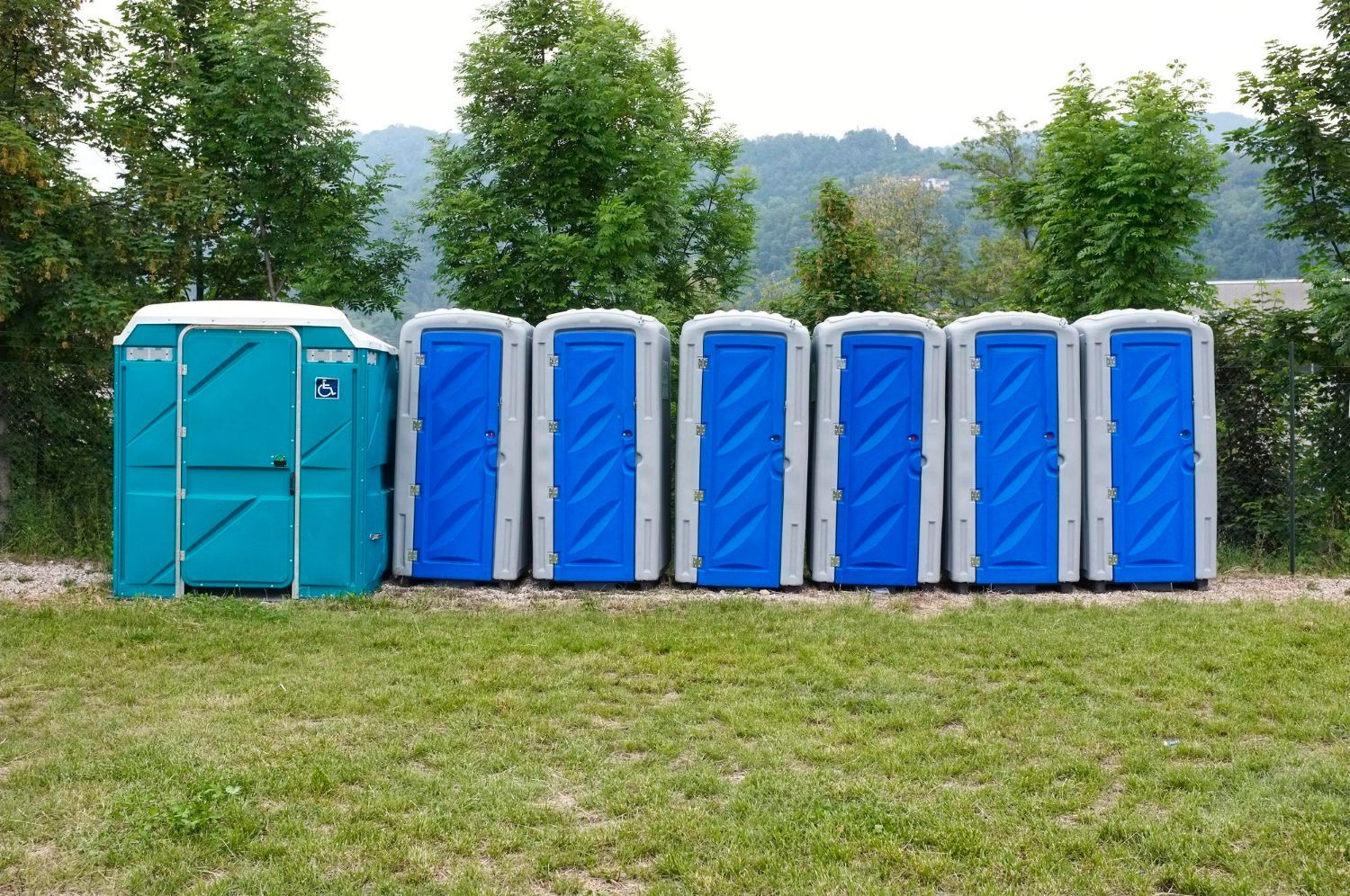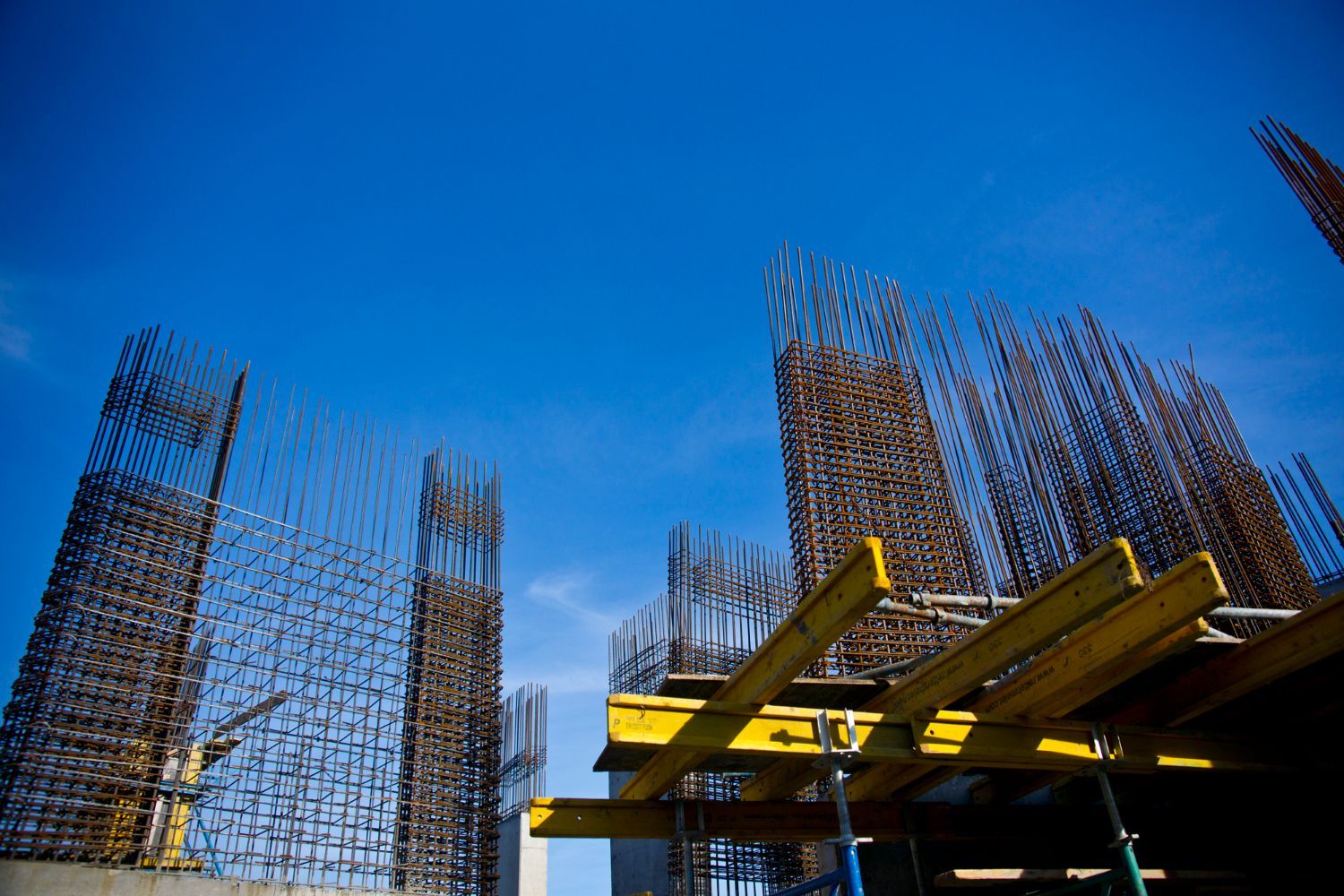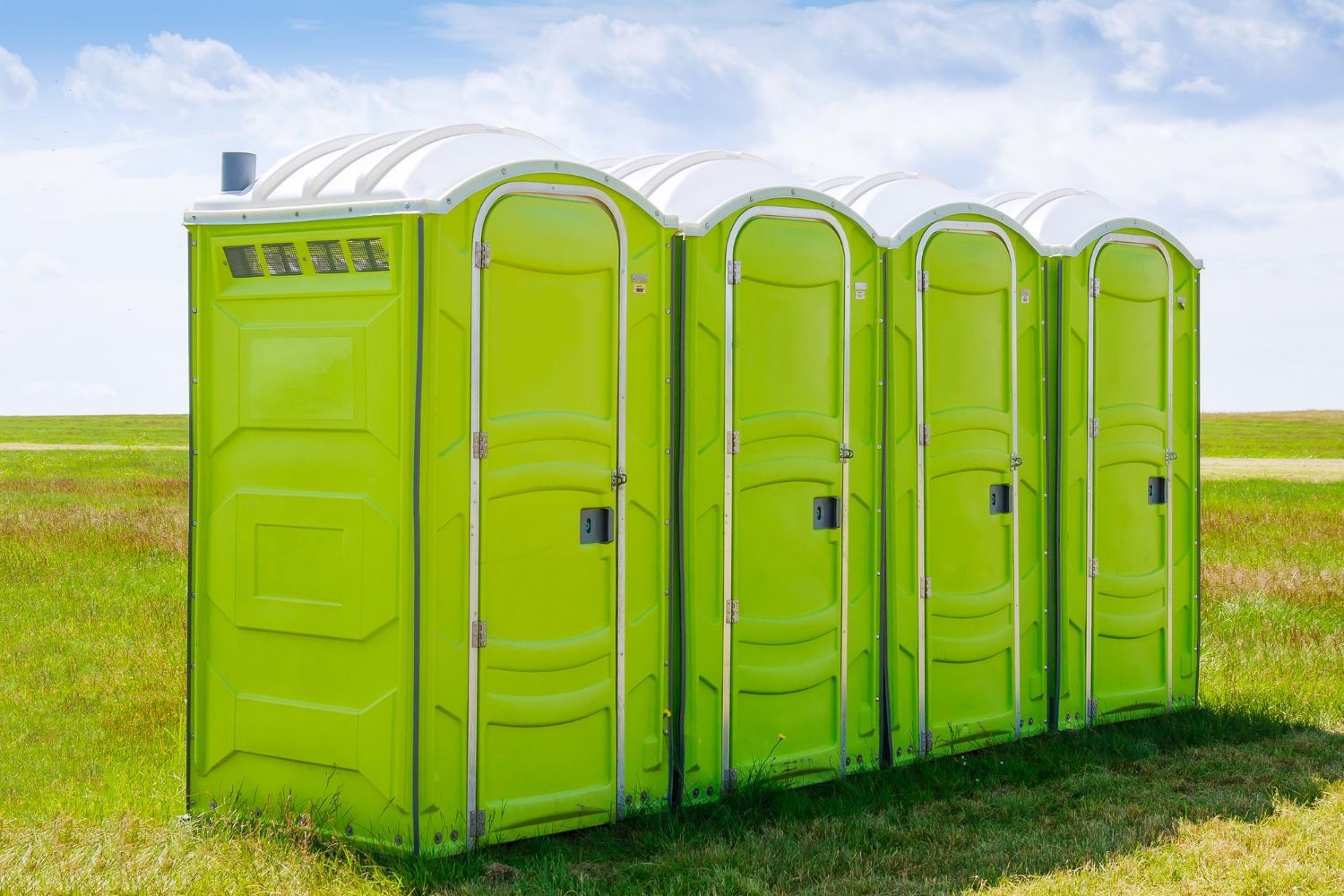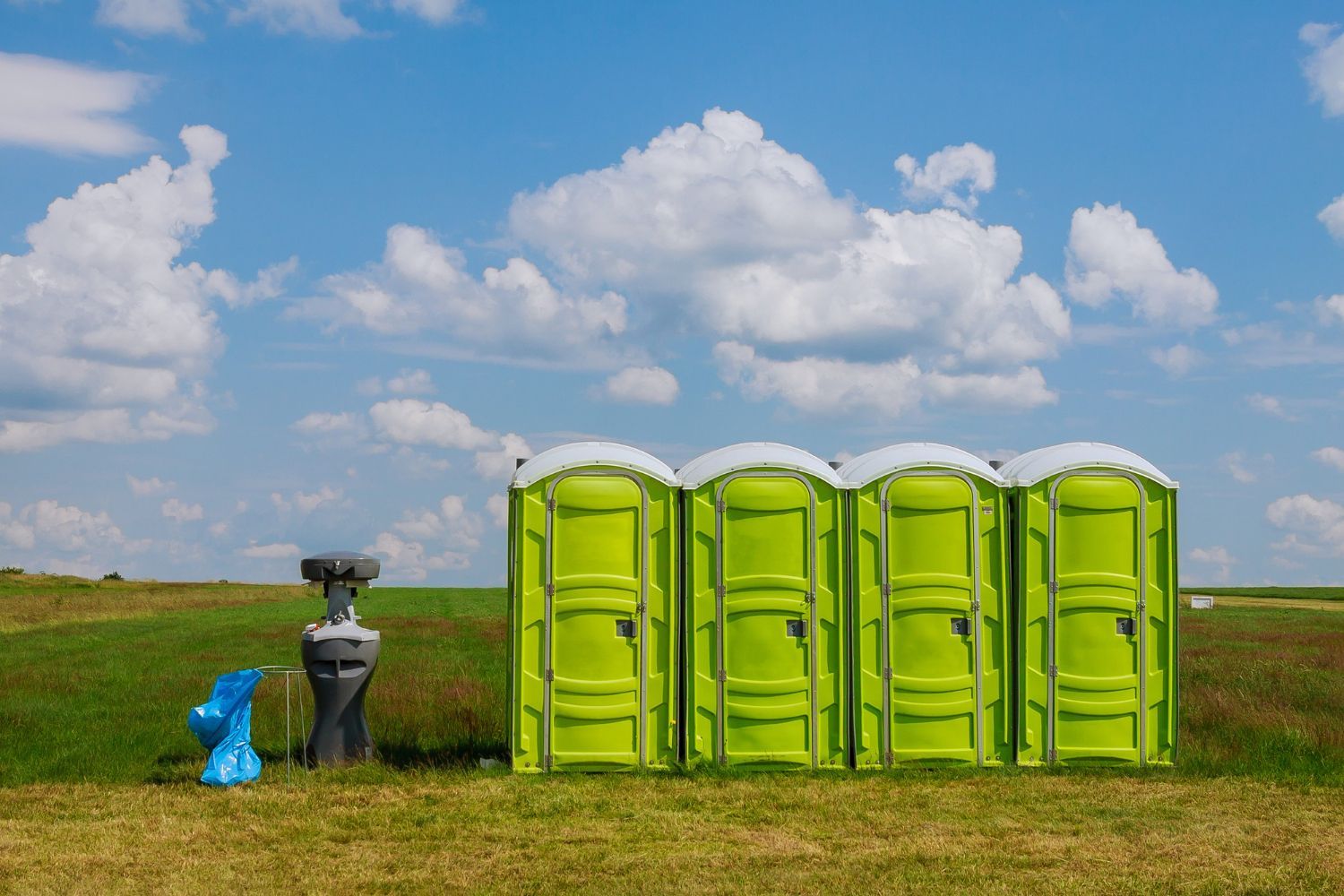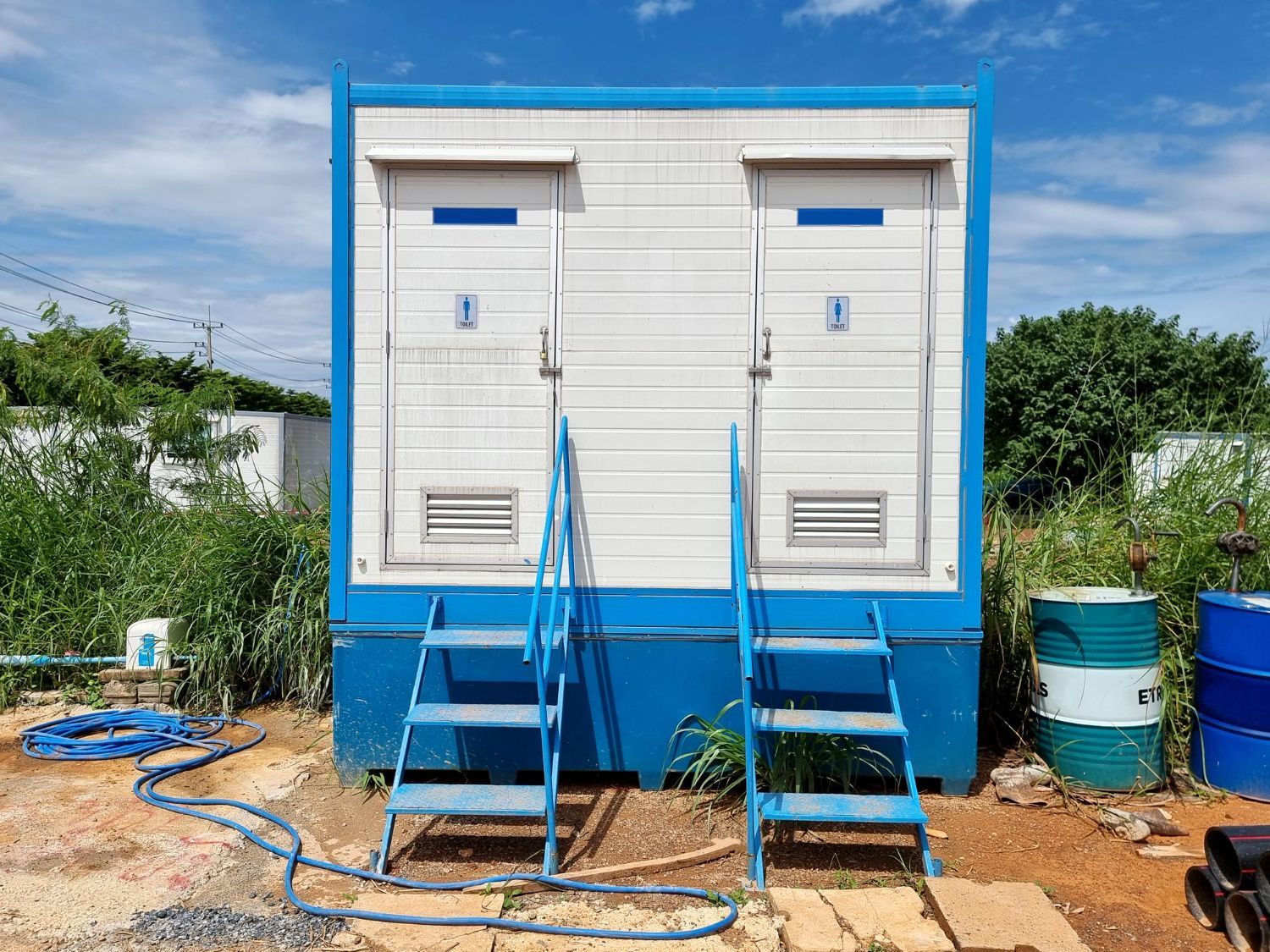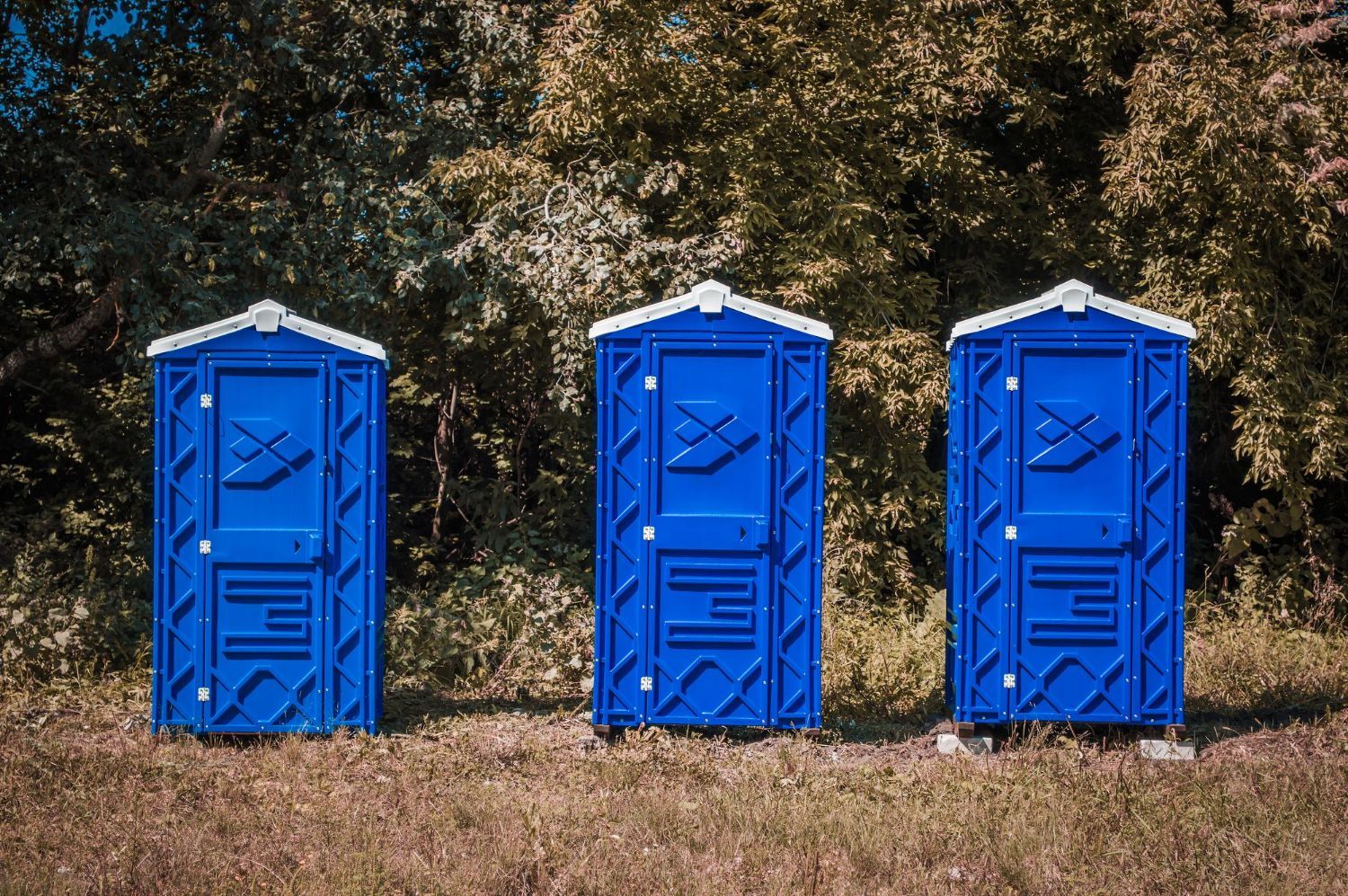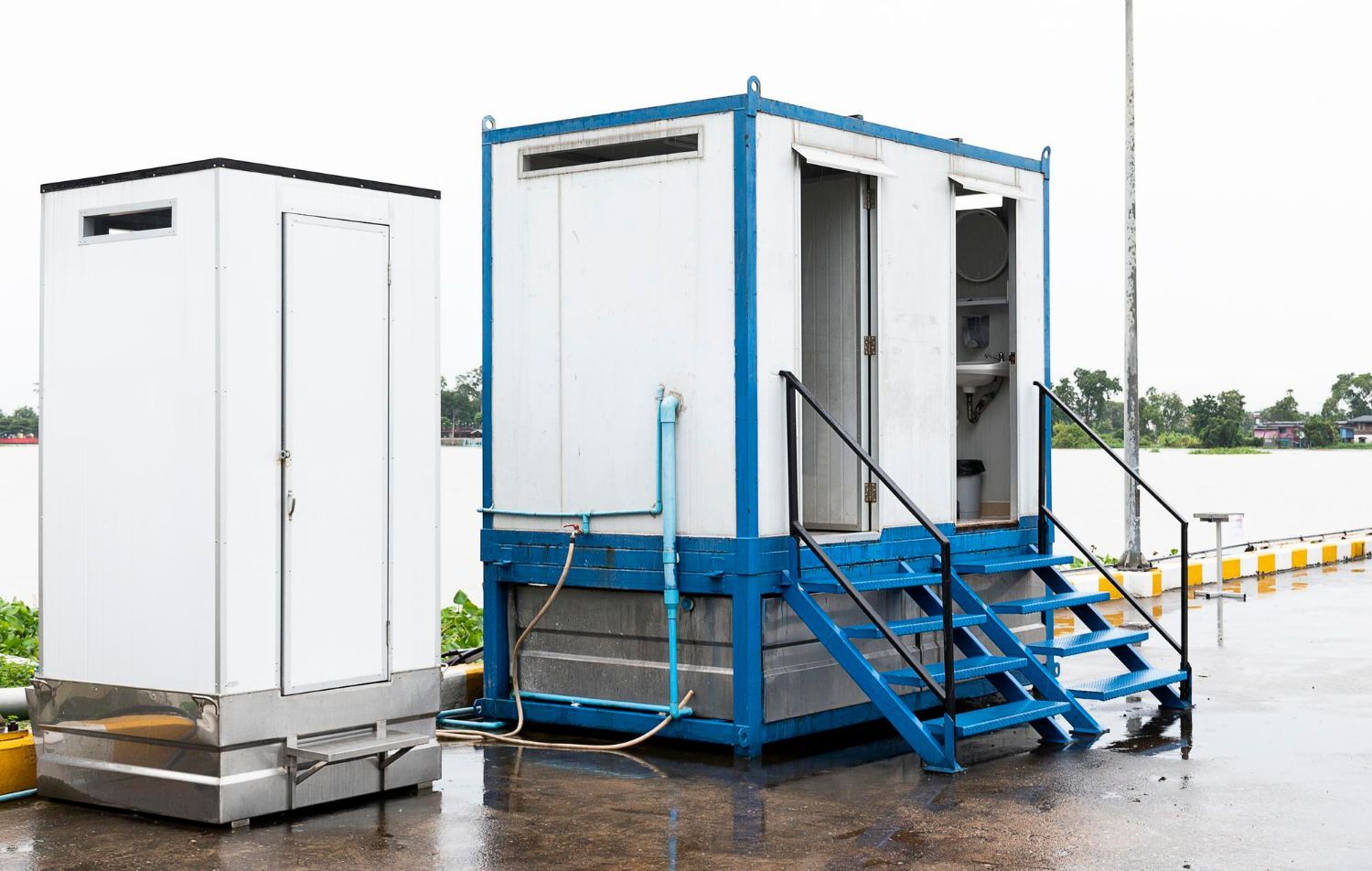Planning Portable Toilets for Disaster Relief and Emergency Response
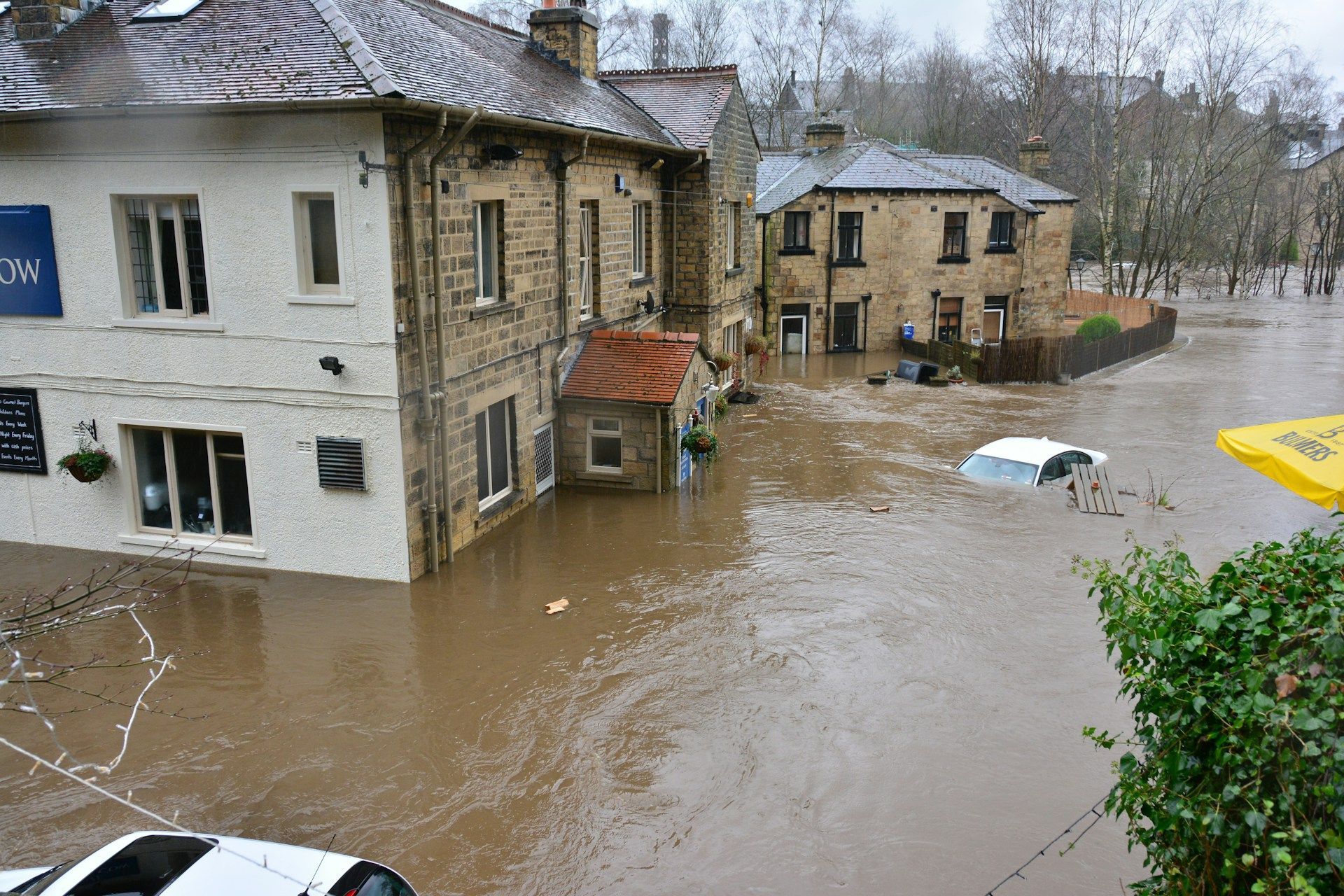
Disasters and emergencies have the potential to dramatically disrupt the lives and routines of affected communities, leaving individuals without access to essential utilities and services, including sanitation facilities. In times of crisis, portable toilets serve as valuable resources, providing safe and hygienic restroom solutions for those impacted.
Effective sanitation solutions are crucial for reducing public health risks and preventing the spread of diseases in disaster-affected areas. Emergency response teams and organizations must prioritize the availability and maintenance of portable toilets to ensure that the needs of displaced individuals, first responders, and volunteers are met. Proper planning and management of portable sanitation solutions contribute to a more efficient and successful disaster relief operation.
As an experienced portable toilet rental provider, we understand the unique challenges and requirements related to disaster relief and emergency response operations. In this guide, we'll discuss the importance of portable toilets in these situations and offer recommendations for planning and managing portable sanitation services during crisis events.
1. Assessing Sanitation Needs
The first step in planning portable toilets for disaster relief and emergency response operations is assessing the sanitation needs of affected communities and responders. Keep these factors in mind when determining the necessary number and types of portable restrooms:
1. Population Size: Consider the number of displaced individuals needing relief, as well as first responders and volunteers on-site.
2. Duration of Relief Operation: The length of time portable toilets will be needed is a critical factor in determining the quantity and maintenance frequency.
3. Geographic Spread: The affected area's size and geographical layout influence the strategic placement of portable restrooms to ensure accessibility for all.
2. Selecting Appropriate Portable Restroom Solutions
Once sanitation needs are assessed, it's crucial to select appropriate portable restroom solutions that cater to the unique demands of disaster relief and emergency response operations. Consider the following types of portable toilets:
1. Standard Portable Toilets: These units provide basic sanitation facilities, with toilets and urinals, suitable for most situations.
2. ADA-Compliant Restrooms: To serve individuals with disabilities and adhere to accessibility requirements, include ADA-compliant portable toilets in your planning.
3. Portable Restroom Trailers: In scenarios where workers and volunteers will be on-site for extended periods, providing restroom trailers with enhanced amenities, such as running water and climate control, can offer improved comfort.
3. Placing and Maintaining Portable Toilet Facilities
Effective positioning and maintenance of portable toilet facilities play a significant role in managing sanitation during disaster relief and emergency response efforts. Here are some key factors to consider:
1. Strategic Placement: Position portable toilets in easily accessible locations that minimize walking distances while avoiding high-risk areas prone to flooding or other hazards.
2. Maintenance and Cleaning: Schedule regular cleanings and maintenance services to ensure facilities remain sanitary and stocked with necessary supplies.
3. Waste Disposal: Establish a system for safe and efficient waste disposal, mitigating potential health risks from overflowing or uncontained waste.
4. Addressing Special Considerations for Disaster Relief and Emergency Response Operations
When planning portable toilets for disaster relief and emergency response situations, several unique considerations must be taken into account, including the following:
1. Prioritize High-Risk Areas: Deploy portable sanitation solutions first to areas where the aftermath of the disaster has led to hazardous conditions, such as contaminated water sources.
2. Coordination with Local Authorities and Organizations: Collaborate with local government agencies, emergency response teams, and NGOs, sharing critical information about sanitation needs and operations.
3. Safety and Security: Ensure the portable toilets and their surrounding areas are well-lit and secure to prevent potential harm or damage.
5. Evolving Needs and Adaptability
As disaster relief and emergency response efforts progress, sanitation needs may change, requiring adaptability and flexibility in portable toilet planning. Keep these recommendations in mind as the situation evolves:
1. Adjust Based on Demand: As the affected population's needs change, reassess and adjust the number and placement of portable restroom facilities accordingly.
2. Monitor and Communicate: Regularly monitor the usage and condition of portable toilets, communicating with relief teams, staff, and affected individuals to address any emerging issues or concerns.
3. Plan for Long-Term Recovery: In cases where temporary sanitation solutions are needed for an extended period, consider incorporating semi-permanent restroom facilities into your planning.
Final Thoughts
Portable toilets are essential components of disaster relief and emergency response operations, providing vital sanitation services for displaced individuals and on-site responders. By understanding the unique factors and challenges associated with such situations, planners can more effectively assess sanitation needs, select appropriate portable restroom solutions, ensure proper placement and maintenance, and address special considerations unique to these circumstances.
In times of crisis, portable toilets offer a slight sense of normalcy, comfort, and safety for those affected, as well as support the health and well-being of volunteers and workers. Partnering with a trusted portable toilet rental company, like Poor John's Portable Toilets, can assist in successful disaster relief and emergency response efforts by ensuring the availability of high-quality, reliable, and well-maintained restroom facilities.
Support effective disaster relief and emergency response operations with dependable portable toilet solutions from Poor John's Portable Toilets. Contact our knowledgeable team today to discuss your unique needs and explore our range of sanitation options designed to meet the demands of any crisis situation.

